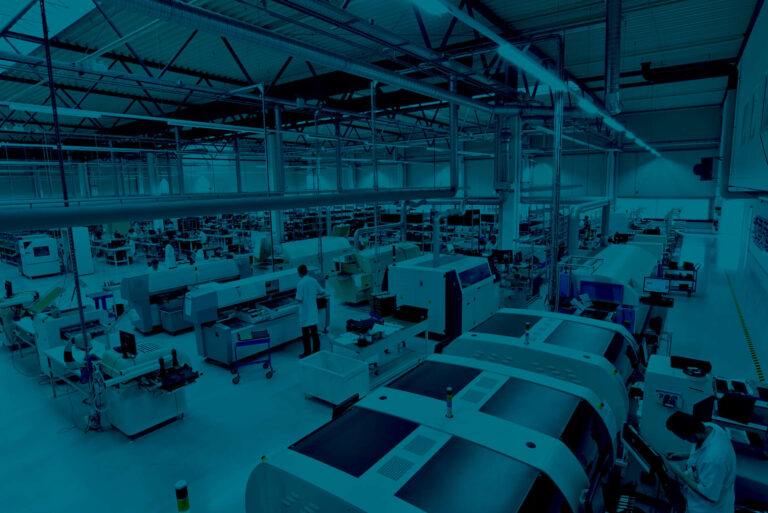Materials can be a large portion of the costs in the manufacturing of products. That means firms need to maintain detailed records of how much were used and when they were consumed throughout the production process. Reliable tracking makes inventory management much easier. It helps ensure raw materials remain in stock for future use and helps maintain overall profitability and production efficiency of the firm.
It starts on the production floor
There are several stages in a manufacturing process where materials are recorded. Each stage records usage from their own operational perspective. These individual records are collected and collated to provide an overarching understanding of a company’s inventory usage.
On the production floor, operators are responsible for tracking their material usage by entering information into a computer system or manually recording it on paper. Operators also record material issues. These include failure rates or out-of-specification situations that prevent parts from being included in finished goods.
This data can then be compared against the firm’s purchasing records to get an idea of how much material has been used at each stage of manufacturing or has been rejected from production. The data can also be analyzed to identify any discrepancies between actual consumption and planned consumption. The analysis allows managers to make adjustments accordingly.
Connecting the stock room to the supply chain
In the stockroom, materials are tracked through barcode scanning and inventory tracking systems or by hand. Stockroom personnel receive materials or reject materials being delivered, verify part counts and can perform initial quality control activities. The results are recorded for further analysis. Stockroom tracking allows managers to easily keep track of material quantity on-hand. The tracking also notes how much is being used at any given time against delivery intervals. This information is made available to other departments. By doing so, companies can adjust their manufacturing processes accordingly to materials on-hand or expected. The timely adjustments help the firm maximize production efficiency.
The buying process is also key to tracking material usage. Purchasing professionals are responsible for purchasing the right amount of raw materials based on projected manufacturing needs. They must regularly compare their records with actual consumption to make sure that enough materials have been purchased to meet demand and the quality of materials purchased is within appropriate levels. If not, adjustments may be necessary in order to prevent delays or shortages throughout the manufacturing process or if quality levels are harming profitability.
Managing the data
All of the above stages and departments can generate a large amount of data in the tracking process. It’s common for larger manufacturing organizations or companies with highly complex production processes to utilize software to manage the inventory tracking process. PLM or MRP systems like Aligni are purposefully designed to handle data-heavy material tracking. Such database-backed systems can provide can provide greater insight into the usage of parts and components than manual or even spreadsheet-based systems – and for every department involved.
Tracking material usage is an important part of manufacturing operations. Specifically, the process requires careful management and oversight to ensure cost-effectiveness and efficiency. By maintaining accurate records across all levels of manufacturing, the entire company can stay informed on material consumption. It can adjust processes accordingly from a more strategic perspective. It also provides the ability to more accurately estimate pricing for new projects, more effectively determine revenue, and reduce the costs associated with surplusing unused materials. In doing so, firms can minimize waste while maximizing efficiency. Subsequently it helps companies remain competitive in today’s marketplace.
Taking the next step
If you’re looking to get a greater understanding of your materials usage, it’s time to consider moving to a software system that can give you next-level insight. Sign up for Aligni today!
Start your 30-day free trial
Helping You Make Great Things…Better.

